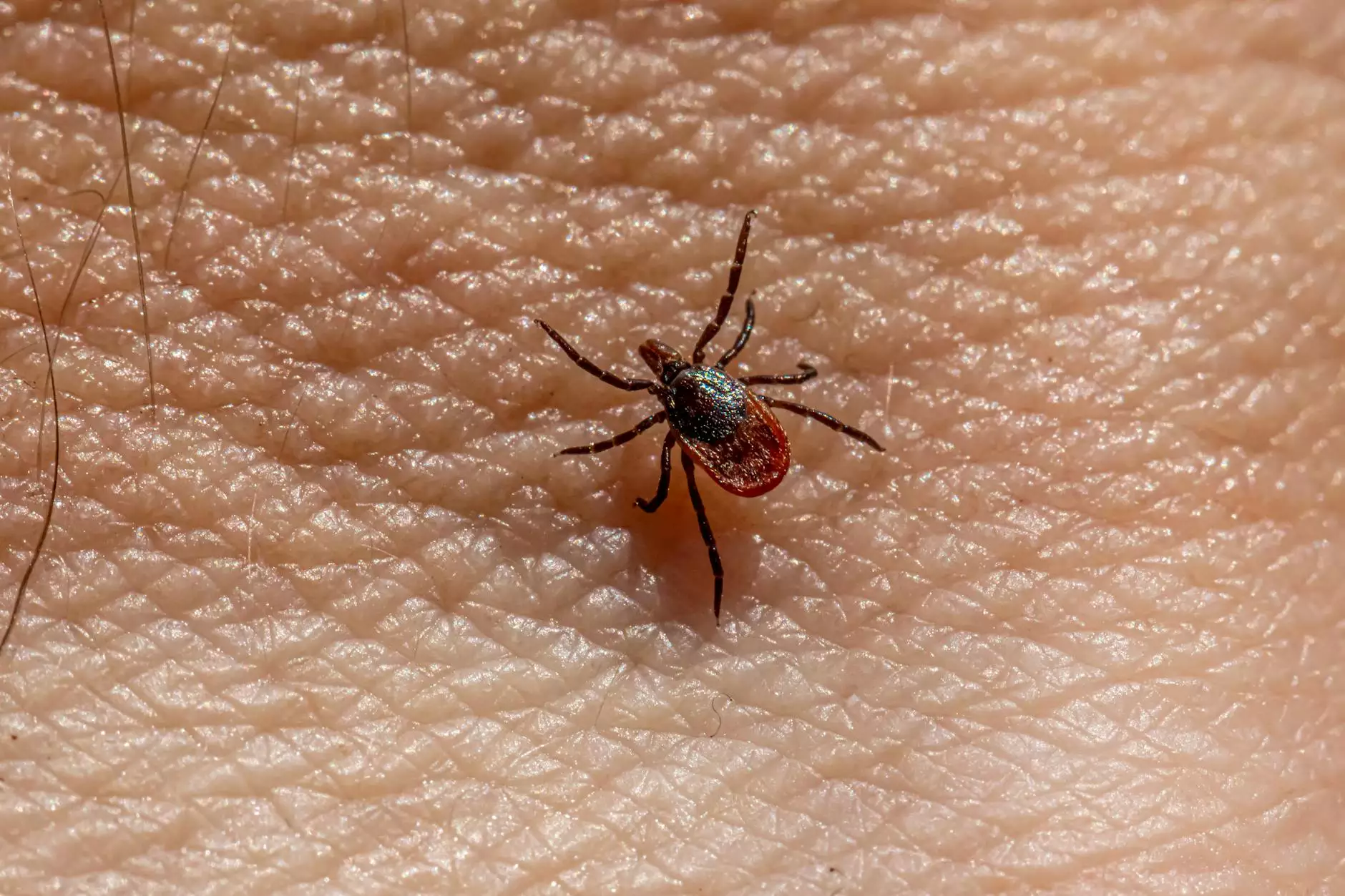Comprehensive Guide to Granary Weevil Control for Effective Farming

When it comes to maintaining a successful farming operation, the control of pests such as granary weevils is paramount. These tiny insects can wreak havoc on your stored grains, leading to significant losses in quality and quantity. This article delves deep into the effective strategies for granary weevil control, ensuring that your grains remain safe and healthy for longer periods.
Understanding Granary Weevils
Granary weevils, scientifically known as *Sitophilus granarius*, are among the most notorious pests affecting grain storage systems. Originating from Europe, they have spread globally, targeting various types of stored grains, including wheat, barley, and oats.
Life Cycle of Granary Weevils
The life cycle of a granary weevil consists of four stages: egg, larva, pupa, and adult. Understanding this cycle is crucial for effectively managing their population.
- Eggs: Female weevils lay eggs inside whole grains, where they hatch.
- Larvae: Once the eggs hatch, larvae feed on the grain from the inside, causing significant damage.
- Pupae: The larvae then pupate inside the grain, eventually emerging as adults.
- Adults: Adult weevils can live for several months, continuing the cycle of infestation.
Identifying Granary Weevil Infestations
Early detection of granary weevil infestations is critical to successful control. Here are some signs to look for:
- Visible holes: Look for small pinholes in grains or storage containers, which indicate entry and feeding sites.
- Powdery residue: Fine grains and a powdery substance may be present around infested areas, caused by feeding larvae.
- Adult weevils: Spot the adult weevils themselves, which are approximately 3-5 mm long, with elongated snouts.
Granary Weevil Control Strategies
Now that we understand the basics of granary weevils, let’s explore effective granary weevil control strategies that can be implemented on your farm:
1. Prevention is Key
Preventative measures are the first line of defense against granary weevils. Consider the following tactics:
- Proper Storage: Ensure that grains are stored in cleaned, airtight containers to minimize exposure to pests.
- Regular Inspection: Conduct routine checks of stored grains for any signs of infestation.
- Temperature Control: Maintain optimal storage conditions, as granary weevils thrive in warm environments. Cool, dry conditions can inhibit their development.
2. Natural Control Methods
For those who prefer eco-friendly solutions, several natural control methods can be effective:
- Biological Control: Introduce natural predators such as certain species of parasitic wasps that target granary weevils.
- Diatomaceous Earth: This natural powder can be sprinkled in and around storage areas to create a diatomaceous barrier against weevils.
3. Chemical Control Measures
While natural methods are effective, in severe cases, chemical control may be necessary. Always follow these guidelines:
- Insecticides: Use pre-approved insecticides specifically designed for stored grain pests. Always consult with local agricultural authorities.
- Fumigation: In some cases, fumigation may be needed for large-scale infestations. This method requires professional services and should be used judiciously.
Best Practices for Granary Weevil Control
Here are some best practices you can adopt for effective granary weevil control:
- Always Clean Storage Areas: Before storing new crops, thoroughly clean storage areas to remove any remnants of previous harvests that could harbor pests.
- Rotation of Crops: Practice crop rotation to disrupt the life cycle of granary weevils and other pests.
- Use Airtight Containers: Invest in high-quality, airtight storage containers that prevent weevils from getting to the grain.
- Monitor and Record: Keep careful records of pest monitoring practices to identify patterns and develop effective action strategies.
Conclusion: Protecting Your Harvest Through Granary Weevil Control
Taking proactive measures against granary weevils is critical for the success of any farming operation. By understanding their life cycle, identifying signs of infestation early, and implementing effective control strategies, you can protect your grains and ensure a successful harvest.
For more information about granary weevil control and other farming practices, check out our resources at tsgcinc.com. Your grains deserve the best protection from pests, and effective strategies are just around the corner. Remember, a healthy farm begins with informed and well-planned pest management practices.



